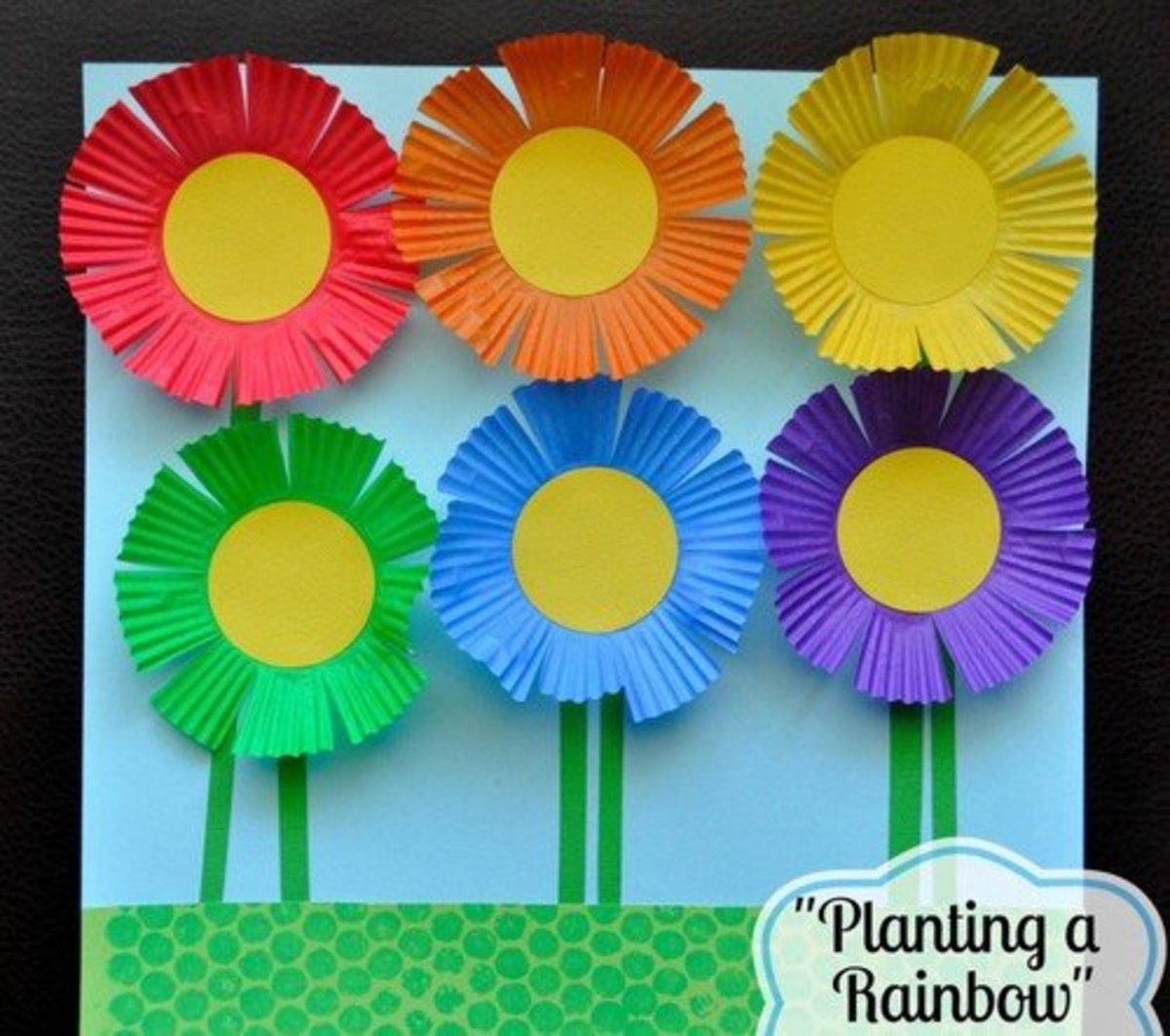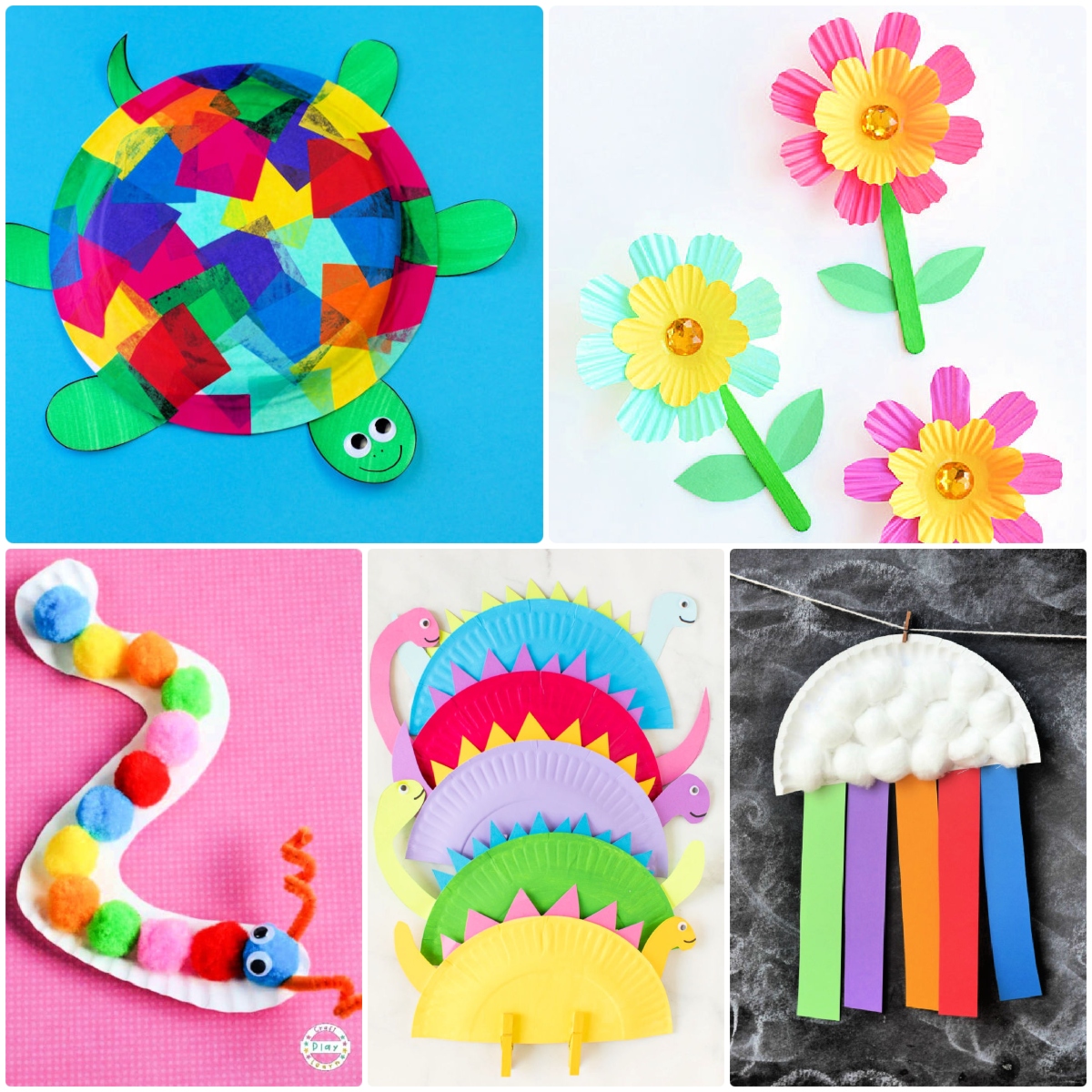Easy DIY projects for kids aren’t just about crafting; they’re about igniting imaginations, fostering creativity, and building essential life skills. Forget expensive toys – unleash your child’s inner artist with recycled materials, paint, paper, and nature’s bounty! This guide is packed with fun, simple projects perfect for rainy days, birthday parties, or just because. Get ready for giggles, glue, and glorious creations!
From transforming cardboard boxes into whimsical castles to creating mesmerizing nature collages, the possibilities are as boundless as a child’s imagination. We’ll explore projects suitable for various age groups, ensuring that every child, regardless of their skill level, can participate in the crafting fun. So grab your glue sticks, gather your supplies, and prepare for a crafting adventure that will leave you and your little ones beaming with pride!
Unleashing Little Geniuses: Easy DIY Projects for Kids
Forget expensive toys and screen time! Dive into the wonderfully messy, creatively fulfilling world of DIY projects with your kids. DIY isn’t just about crafting; it’s about fostering imagination, problem-solving skills, and a deep sense of accomplishment. Recent studies show a significant correlation between hands-on activities and improved cognitive development in children. Plus, it’s a fantastic way to bond and create lasting memories.
Let’s get crafting!
Easy Craft Projects Using Recycled Materials
Reduce, reuse, recycle – and unleash your child’s inner artist! Using recycled materials is not only environmentally friendly, but it also sparks creativity by challenging kids to think outside the box and transform everyday trash into treasure. This teaches valuable lessons about sustainability and resourcefulness, making crafting even more rewarding.
| Project | Materials | Instructions | Age Appropriateness |
|---|---|---|---|
| Cardboard Tube Binoculars | Empty toilet paper rolls, paint, string, googly eyes | 1. Decorate the tubes with paint and googly eyes. 2. Punch holes on the sides of each tube. 3. Thread string through the holes to create a strap. | 3+ |
| Plastic Bottle Flower Pots | Clean plastic bottles, paint, soil, seeds | 1. Cut the top off of the plastic bottles. 2. Decorate the bottles with paint. 3. Fill with soil and plant seeds. | 4+ |
| Egg Carton Creatures | Egg cartons, paint, googly eyes, glue, pipe cleaners | 1. Cut out individual sections of the egg carton. 2. Paint and decorate the sections to create animal shapes. 3. Add googly eyes and pipe cleaners for extra details. | 5+ |
| Newspaper Weaving | Newspaper strips, glue, cardboard | 1. Cut newspaper into long strips. 2. Glue strips onto a cardboard base, weaving them over and under to create a pattern. | 6+ |
| Tin Can Pencil Holders | Clean tin cans, paint, decorative paper | 1. Decorate the tin cans with paint and decorative paper. | 7+ |
Simple Painting and Drawing Projects

Painting and drawing are fantastic avenues for self-expression and fine motor skill development. The tactile nature of these activities helps children explore textures, colors, and their own creativity. From finger painting’s joyous messiness to the precision of sponge painting, there’s a technique for every budding artist.
- Finger Painting: A classic for toddlers and preschoolers, perfect for exploring color mixing and texture.
- Sponge Painting: Great for creating interesting textures and patterns; ideal for slightly older children.
- Stamping: Use potatoes, sponges, or even bubble wrap for unique prints; encourages creativity and experimentation.
- Nature Prints: Press leaves or flowers onto paint-covered paper for beautiful, natural designs.
For paints, consider non-toxic, washable options. Crayons, markers, and colored pencils offer diverse options for different skill levels and artistic preferences.
Fun and Creative Paper Crafts
Paper is a wonderfully versatile medium for crafting. Its malleability allows for a wide range of projects, from simple folds to intricate designs. The following projects offer varying levels of complexity, ensuring there’s something for every age and skill level.
- Origami Animals: Start with simple shapes like a frog or a crane. The precise folding encourages fine motor skill development and spatial reasoning. Imagine the vibrant greens of a frog, the delicate orange of a crane, the contrasting textures of the folded paper.
- Paper Plate Masks: Transform plain paper plates into fantastical masks. Think vibrant colors, whimsical shapes, and playful textures – feathers, glitter, yarn! The possibilities are endless.
- Pop-up Cards: These add a delightful surprise element. The intricate cutting and folding require more precision, making them ideal for older children. Visualize the card springing open, revealing a three-dimensional scene, perhaps a birthday cake or a blooming flower.
Origami animals are generally the most challenging, requiring precise folding. Paper plate masks are easiest, while pop-up cards fall somewhere in between.
Nature-Inspired DIY Projects
Connecting children with nature through crafting fosters appreciation for the environment and cultivates a sense of wonder. Nature provides a wealth of readily available materials, transforming ordinary walks into treasure hunts for creative inspiration. Always prioritize safety and responsible collection when gathering natural materials.
- Leaf Rubbings: Place leaves under paper and rub the side of a crayon over the paper to reveal the leaf’s intricate details.
- Pinecone Animals: Transform pinecones into adorable animals using googly eyes, pipe cleaners, and paint.
- Rock Painting: Decorate smooth rocks with vibrant colors and designs, creating unique works of art for your garden or home.
- Nature Collages: Create beautiful collages using leaves, twigs, flowers, and other natural materials.
Remember to teach children to collect natural materials responsibly, avoiding endangered plants or disturbing natural habitats.
Building and Construction Projects, Easy diy projects for kids

Building projects encourage spatial reasoning, problem-solving, and engineering skills. From simple block towers to elaborate cardboard creations, the possibilities are endless. Safety is paramount when working with building materials, so always supervise children and ensure they use age-appropriate tools and materials.
- Gather your materials: cardboard boxes, blocks, LEGOs, or other building materials.
- Plan your structure: Decide what you want to build (a house, a castle, a spaceship?).
- Start building: Begin by creating a solid base, then add layers and details.
- Decorate: Add finishing touches like paint, markers, or stickers.
Always emphasize safety. Ensure that building materials are sturdy and that children are supervised to prevent accidents. Avoid small parts that could be choking hazards for younger children.
Adapting Projects for Different Age Groups
Adapting projects to different age groups ensures that every child can participate and experience the joy of creating. Younger children will benefit from simpler projects with fewer steps and larger materials, while older children can tackle more complex designs and techniques. The key is to adjust the complexity and challenge to match the child’s developmental stage and skill level.
| Age Group | Project Ideas | Adaptations |
|---|---|---|
| Toddlers (1-3) | Finger painting, simple block stacking, large-piece puzzles | Use non-toxic, washable paints. Provide large, soft blocks. Choose puzzles with large, easily grasped pieces. |
| Preschoolers (3-5) | Sponge painting, paper plate crafts, simple origami | Simplify instructions. Use larger materials and brighter colors. Provide assistance as needed. |
| Elementary School (5-12) | Pop-up cards, more complex origami, recycled material projects | Increase the complexity of instructions. Introduce new techniques and materials. Encourage creativity and experimentation. |
For example, a toddler might make simple leaf rubbings, while an older child could create a detailed nature collage. Remember, the goal is to encourage participation and foster a love of creativity.
So there you have it – a whirlwind tour of easy DIY projects for kids! Remember, the most important ingredient isn’t expensive materials, but the joy of creating together. Let your child’s creativity flow, embrace the mess, and cherish the memories made while crafting. These projects aren’t just about the end result; they’re about the journey, the laughter, and the special bond created through shared creativity.
Finish your research with information from easy diy crafts for home decor.
Happy crafting!
Key Questions Answered
How do I make these projects safer for younger children?
Supervise young children closely, use non-toxic materials, and choose projects with fewer small parts to avoid choking hazards. Adapt projects to their skill level, simplifying steps as needed.
What if my child doesn’t like the project I’ve chosen?
Don’t force it! Let your child choose a project that genuinely interests them. The goal is to have fun, not to create a masterpiece.
Where can I find the necessary materials?
Many materials can be found around your house (recycled materials!), while others can be purchased affordably at craft stores or online.
How do I store completed projects?
Use clear containers or display them proudly to showcase your child’s creativity!


